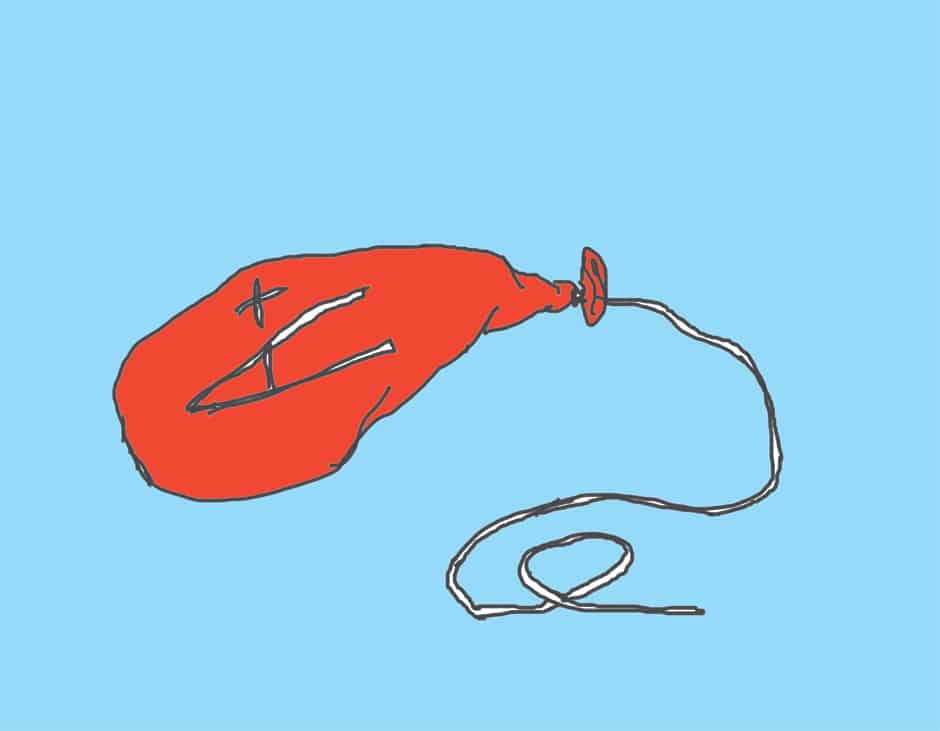If you told the average student at the University of Toronto that there is no such thing as a bell curve here, they would laugh.
U of T makes this claim by adopting a rigid definition of bell curving that permits instructors to “calibrate” or “adjust” grades but not curve them. This is a distinction without a difference. There’s only a difference if you don’t want to admit that your grading policy is deeply problematic.
U of T prioritizes institutional success over student success by forcing students into boxes instead of assessing them properly. The university operates on a system of quotas, where professors are encouraged to hand out a certain number of As, Bs, and Cs and always stick to a class average hovering around a C +. A bell curve is good for lazy or incompetent instructors who create unfair assessments.
It’s bad for students because it causes massive stress while writing tests, and then leaves them with less knowledge. After all, you can change a grade from a 40 to a 60 per cent, but the student won’t magically understand that 20 per cent of material.
Giving out too many As requires professors to rock the boat. So if they’re tenured and feel incredibly passionate about it, they might. Though most don’t.
It’s a time-consuming process and it’s easier to hand out the expected grades and move on.
For untenured faculty, part-time instructors, or teaching assistants, the pressures to simply hand out grades in their allotted divisions, regardless of what grades students deserve, are even greater.
Bell curving and quotas are important because they hint at a larger problem — grade deflation.
While other universities manipulate their grades, they mostly tend to do so as a way of inflating marks. In 2013, the most common grade at Harvard Univerity was an A, and the average grade was an A-.
In October, Princeton University eliminated their decade-long grade deflation policy after failing to meet the target of only giving out As 35 per cent of the time — 43 per cent of 2013 grades were As. This is roughly in line with the average at private colleges in the US. Indeed, a 2010 study found that the nationwide average GPA at private colleges was 3.3 on a 4.0 scale.
Even within Canada, U of T’s grades are particularly low. A 2006 study found that students at UTSC got lower grades on average than counterparts at Carleton University or Ryerson University due to marking, not ability. While four per cent of UTSC students reported getting mostly As, 10 per cent of Carleton and Ryerson students reported the same. At UTSC, two-thirds of students reported mostly B-s or less, compared to 55 per cent of Ryerson and Carleton students.
The problem was bad enough that then-President David Naylor instituted an aggressive overhaul of the grading system responding to the concern that U of T students were struggling to get into graduate school at U of T as a factor.
Naylor’s overhaul may well have led to some progress, but it’s happened behind closed doors. U of T doesn’t release average annual grades, or the most common grade, or even the grade distribution.
I believe that grades at U of T are lower and that getting high grades at U of T is harder than at other Canadian universities.
U of T should follow the lead of the elite American institutions it tries to compete with and reveal its grading data. It’s been nearly a decade since Naylor set out to reform U of T’s rampant grade deflation. It’s time to see if any progress has been made.
Zane Schwartz is a fourth-year history student who contributes to the Globe and Mail and Macleans. He was The Varsity’s news editor last year. His column appears bi-weekly.


